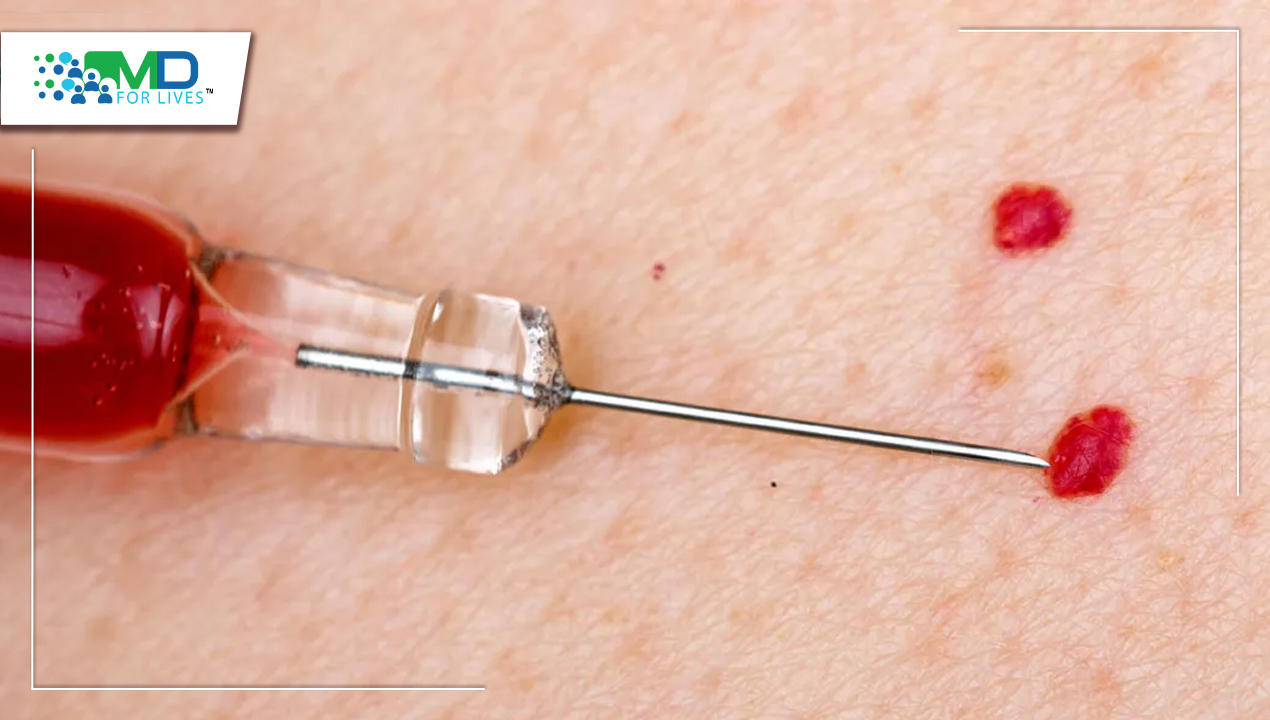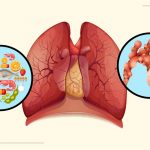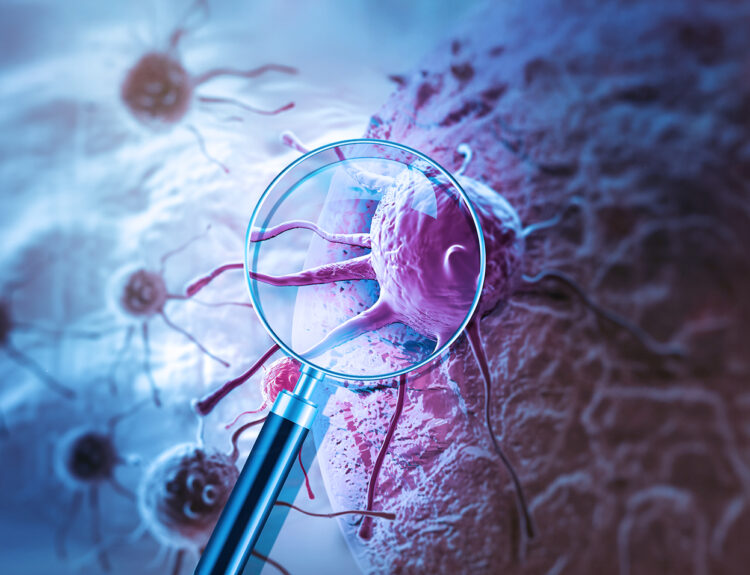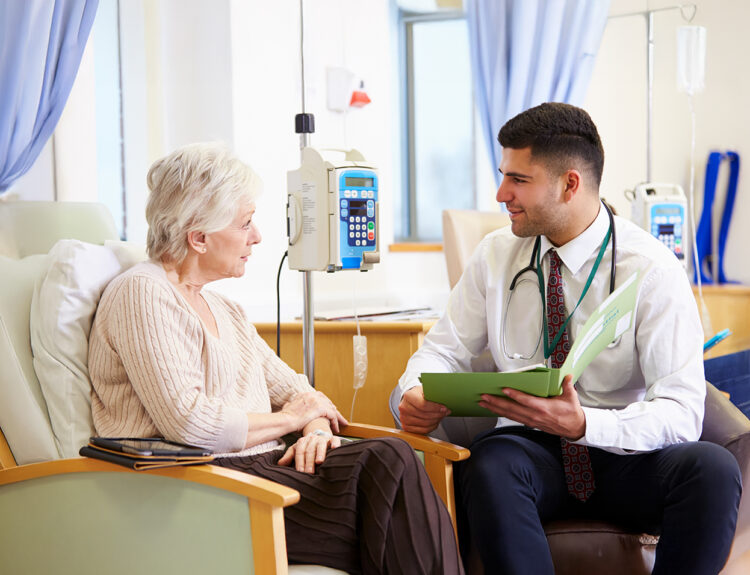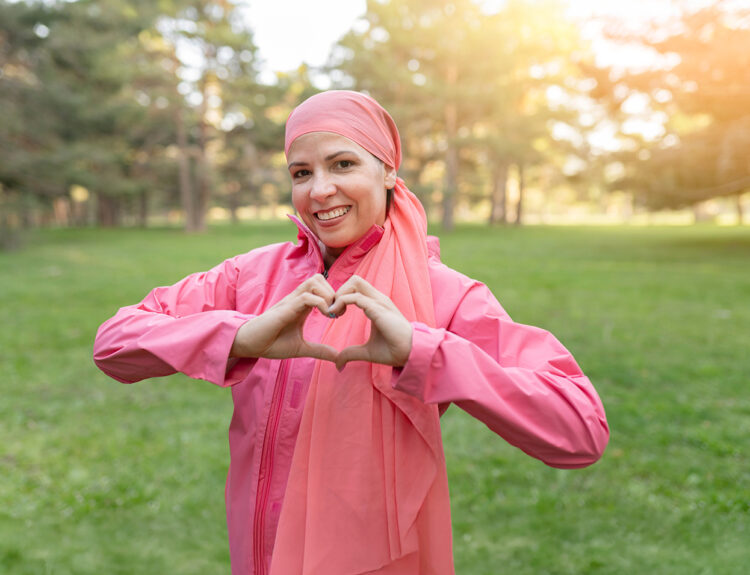The International Agency for Research on Cancer (IARC) is kicking off Melanoma Awareness Month by emphasising the burden of this highly preventable disease, warning of massive increases in melanoma cases and deaths if individuals and governments do not take action, and reminding people that tanned skin is a sign of sun damage – there is no such thing as a healthy tan. An estimated 325,000 new instances of melanoma were detected worldwide in 2020, with around 57,000 individuals dying from the illness. Scientists at the IARC project that between 2020 and 2040, the number of new instances of cutaneous melanoma would grow by more than half, to more than 500,000 each year, and the number of fatalities from melanoma will increase by more than two-thirds, to nearly 100,000 per year. Melanoma affects males more commonly than women in most parts of the world. Australia and New Zealand had the greatest incidence rates in 2020, followed by Western Europe, Northern America, and Northern Europe. Melanoma is still uncommon in most African and Asian nations. Although people with fair skin are at a higher risk, skin cancer affects people of all skin colours. Individuals with darker skin types are more likely to acquire skin cancer.
The majority of skin cancer cases are connected to UV light exposure. People get tanned via sun exposure or tanning beds because the body produces melanin to protect the skin from burning. Despite attempts to raise public knowledge of melanoma warning signals and the hazards of excessive UV radiation exposure, the prevalence of melanoma continues to climb. For more than 40 years, researchers have looked at dietary antioxidants as a possible source of low-cost, low-risk agents for cancer prevention, but they have not always performed well in clinical trials and have even been harmful in some cases, necessitating the need to try to intervene with new chemoprevention agents such as an mRNA vaccine.
A vaccine that increases the manufacture of a protein important to the skin’s antioxidant network, according to research from Oregon State University’s College of Pharmacy, might help people enhance their resistance to skin cancer. Sunlight creates oxidative stress, which increases the risk of skin cancers like melanoma, according to Arup Indra, professor of pharmaceutical sciences at OSU and the study’s leader. A messenger RNA vaccination that increases the production of the protein TR1 in skin cells, similar to the Moderna and Pfizer COVID-19 vaccines, may lessen the risk of UV-induced cancers and other skin disorders. The study’s findings, which employed a mouse model to investigate TR1’s involvement in skin cell health and stability, were published in the Journal of Investigative Dermatology. According to the Centers for Disease Control and Prevention, skin cancer is the most frequently occurring cancer in the United States. Melanoma, the most serious form of skin cancer, is caused by the growth of malignant cells in melanocytes, which are skin cells that produce the pigment melanin, which determines skin colour.
TR1 is an acronym for thioredoxin reductase. Reductase is an enzyme that helps to reduce a chemical species, commonly as part of a “redox” process in which another species oxidises or loses electrons. TR1 is one of the most important components of the antioxidant system in melanocytes. Antioxidants guard against reactive oxygen species, or ROS, which seek electrons from molecules in cells and can damage DNA. Melanocytes are attacked by ROS from both the sun and the pigment-making process, melanogenesis, which creates ROS. Antioxidants prevent oxidation by stimulating the transfer of electrons, which acts as an off switch for what would otherwise be a chain reaction impacting many molecules in melanocytes and other cells.
Message RNA vaccines work by instructing cells to manufacture a certain protein. It is a harmless component of the virus’ spike protein that stimulates an immune response in coronavirus vaccines; it is TR1 in the proposed melanoma vaccine. Following mRNA absorption into the cell and activation of the cell’s machinery, the cell should have a high antioxidant level and be able to deal with oxidative stress and DNA damage caused by UV light. People who are at a higher risk of skin cancer, such as those who work outside in hot weather, should preferably be vaccinated once a year. Researchers detected higher oxidative stress and DNA damage in the absence of TR1 despite the presence of other antioxidant proteins, suggesting that a TR1 vaccination alone would be adequate. Other antioxidants, such as glutathione peroxidase and superoxide dismutase, may also be useful. Everything must be evaluated and verified in preclinical models. The researchers need to create an mRNA vaccine, distribute it locally or systemically, and then watch how it affects the body’s defences. Clearly, this is just the tip of the iceberg, but the potential for avoiding other sorts of disease development, including cancer, by modifying the body’s antioxidant system is promising.
Reduced exposure to UV radiation may reduce the chance of acquiring skin cancer considerably. This includes limiting sun exposure and avoiding the use of indoor tanning machines. This is critical for persons of all ages, but especially for those who have additional melanoma risk factors.
Sun damage accumulates over time; thus, it is critical to take the following precautions to limit sun exposure and avoid sunburn:
- Between 10:00 a.m. and 4:00 p.m., limit or avoid direct sun exposure.
- Wear sun-protective clothes, especially a hat with a broad brim to shade your face, neck, and ears. Clothes made with a UV protection factor (UPF) branded fabric may give superior protection. Sunglasses with UV protection are also advised for everyone.
- Throughout the year, use a broad-spectrum sunscreen with a sun protection factor (SPF) of at least 30 that protects against both UVA and UVB rays. Apply at least 1 ounce of sunscreen to your entire body every 2 hours, or every hour if you are perspiring heavily or swimming.
- Avoid recreational sunbathing outside.
- Sunlamps, tanning beds, and tanning salons should not be used.
- Regularly examine your skin. Examinations by a health care expert, as well as self-examinations, should be included.
Reference:
- https://www.cancer.net/cancer-types/melanoma/risk-factors-and-prevention
- https://www.cancer.gov/news-events/cancer-currents-blog/2017/melanoma-personalized-vaccine#:~:text=Two%20small%20clinical%20trials%20show,removed%20melanoma%20tumors%20from%20returning.&text=Results%20from%20a%20new%20study,to%20prevent%20it%20from%20returning
- https://www.iarc.who.int/news-events/melanoma-awareness-month-2022/
- https://linkinghub.elsevier.com/retrieve/pii/S0022202X21026051

MDForLives is a vibrant community of healthcare professionals and patients dedicated to shaping the future of healthcare. We provide valuable global insights to healthcare companies through online surveys, interviews, and discussion forums.

